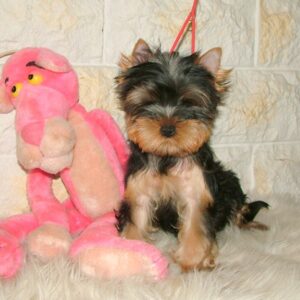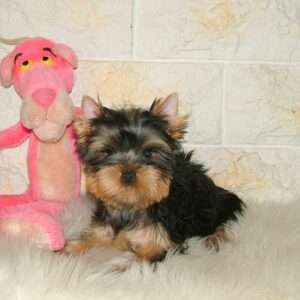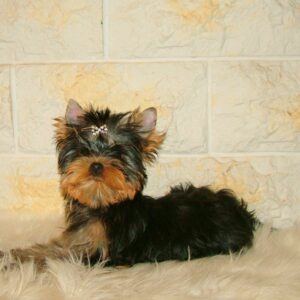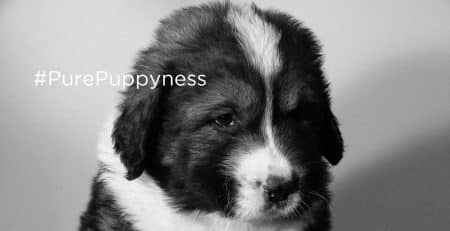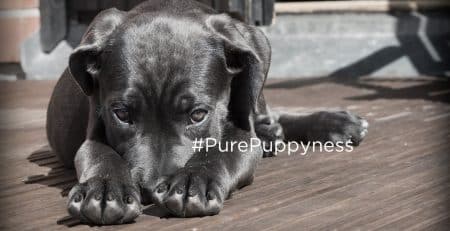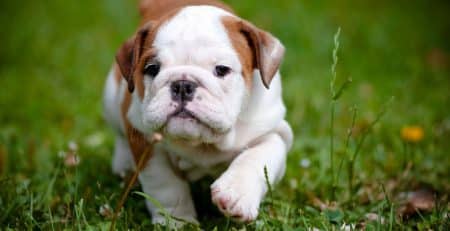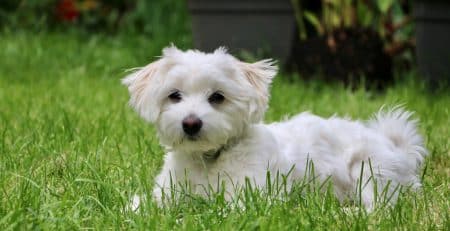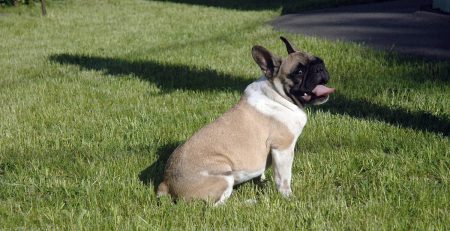History of the Yorkshire Terrier
The Yorkshire Terrier is small and silky, but don’t be fooled. The Yorkie has a lot of attitude behind that soft appearance. You’d never suspect that this pint-sized pooch is also a top predator, originally bred for catching rats in the North of England.
Up North
The Yorkie was bred in the county of Yorkshire, and in the neighbouring county Lancashire, in the North of England. In the middle of the 19th century, workers moved south from Scotland, looking for work. With them came their dogs, including several different terrier types. The main ancestors of the Yorkshire terrier are thought to be the Clydesdale terrier, the Skye terrier, the Waterside terrier, and the English Black and Tan Toy terrier.
From these different dogs came a silky little dog with grey and tan fur. Workers bred the Yorkshire terrier for hunting vermin in the cloth mills where they worked, but they soon became popular outside of the mills.
A Founding Father
Huddersfield Ben, born in 1865, is one of the most famous ancestors of the modern Yorkie, and is considered the founding father of the breed. He was a champion ratter and show dog, and belonged to the Foster family of Bradford, West Yorkshire. This little champion set the standard for the Yorkshire terrier.
In 1874, the Yorkshire terrier breed was registered with the British Kennel Club, and the first Yorkshire Terrier breed club was founded in 1898 in England. The Yorkie was introduced to the Americas in the 1870s, with records of them competing in dog shows as early as 1878.
Appearance
Yorkies are tiny dogs, measuring 22.86cm at the shoulder (maximum), and are very fine boned. However, Yorkshire terriers often vary in size. A single little of puppies may have puppies of varying sizes, ranging from chunkier dogs to petite “teacup” dogs.
One of the most recognisable features of the Yorkie is the bicoloured silky coat. The fur is long and glossy, particularly on show dogs. Yorkies are usually grey and tan, though black and tan Yorkies are common. The long fur means that these little dogs will need regular brushing and trips to the dog groomer.
The good news is that they do not shed frequently, and may be good dogs for people with allergies because of this (depending on how severe a person’s allergy is).
Personality
Yorkshire terriers are often very confident and adventurous. Some are cuddly; others are cheekier or more mischievous.
Do not spoil this dog! If you let them get away with everything, they tend to become bratty and bad-mannered. Begin as you intend to continue, and start training your Yorkie from a young age. Yorkies are often clever and quick to learn, though they can be opinionated. They can be a little difficult to house train.
It’s worth socialising your Yorkshire terrier from an early age. They can be suspicious of strangers and will often bark shrilly at them. Get your Yorkie used to new people and situations at an early age.
Health
Yorkshire terriers tend to be hardy, but can suffer from a few health problems such as Patellar Luxation. This is a condition where the patella (knee-cap) isn’t properly aligned, causing lameness. They may also suffer from hypoglycaemia, collapsed trachea, porto-systemic shunt, and Progressive Retinal Atrophy (PRA).



